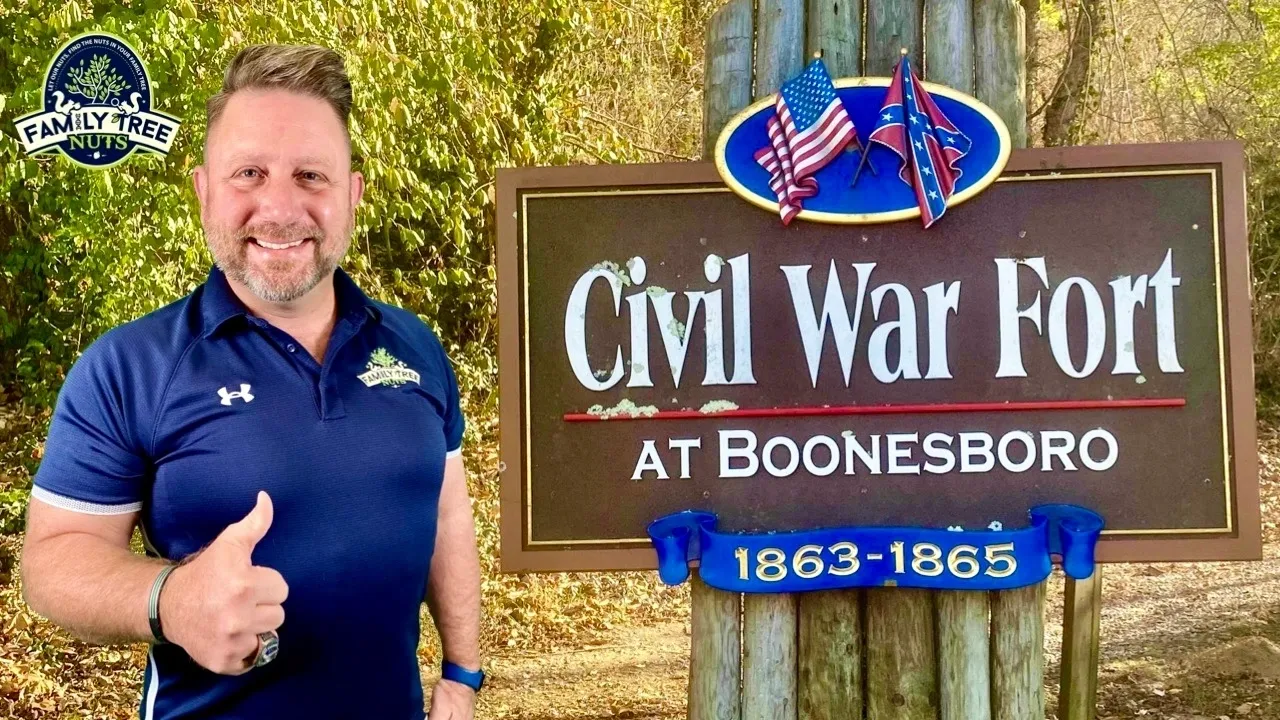
BOONESBORO CIVIL WAR FORT! OBSCURE HISTORY!

Civil War fort at Boonesboro? Wait? I thought Boonesboro was a pioneer fort, during the Revolutionary War? But wait, you read that correctly, there was a Civil War fort at Boonesboro as well, stay with me, and I’ll tell you it’s story!
It’s one of the most obscure historic sites in the Bluegrass Region of Kentucky, the Civil War Fort at Boonesboro. Many folks know about Daniel Boone and his pioneer fort on the Kentucky frontier, and its replica that is visited thousands of times a year by folks all over the world. What is lesser known is that eighty-eight years later, the area had another fort just across the river, high on the hill overlooking the Kentucky River.
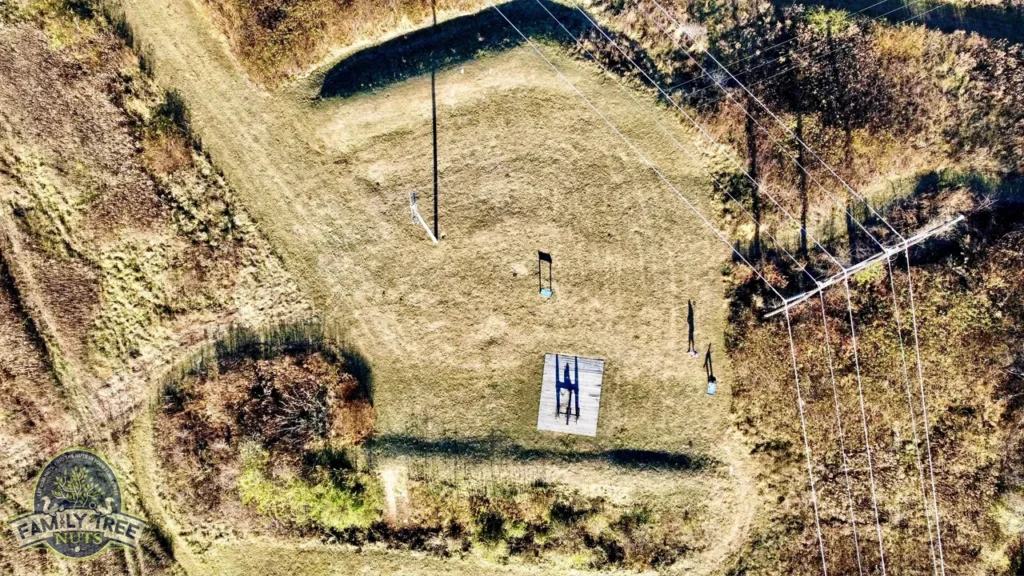
In order to understand why this fort and others were built, we need to understand the back story. Then at the end of this article, we will give you a detailed and informative description of the area as it is today. Kentucky was a highly contested border state throughout the war, and was continually surprised by Confederates on short, fast raiding missions to destroy supply lines, transportation routes, and to procure supplies.
Let me introduce you to Confederate Colonel Roy S. Cluke, who ironically was a native of Clark County, Kentucky, where this fort stood. In February 1863, he took a force of 750 men from Tennessee to invade Kentucky. They first struck Somerset and captured a bounty of supplies. When they reached Richmond, Cluke split up his forces and sent raiding parties to Winchester, Paris, and Mt. Sterling. Splitting up his forces confused the enemy which was just what Cluke had hoped for.
You know, let’s think about this a second. We often read stories in history and just move past certain facts without them really setting in. Imagine today, a group of a few hundred motorcycle gang members, riding into your small town and seizing all the goods at Wal-Mart and your grocery store and loading everything up on semi-trucks, then robbing your banks before they destroy the main roads leading into your town. You better not try to stop them either because they will shoot you dead without delay. This is exactly what happened all over during this time and pausing to imagine the scenario in modern times can really give us a better perspective to what happened in history.
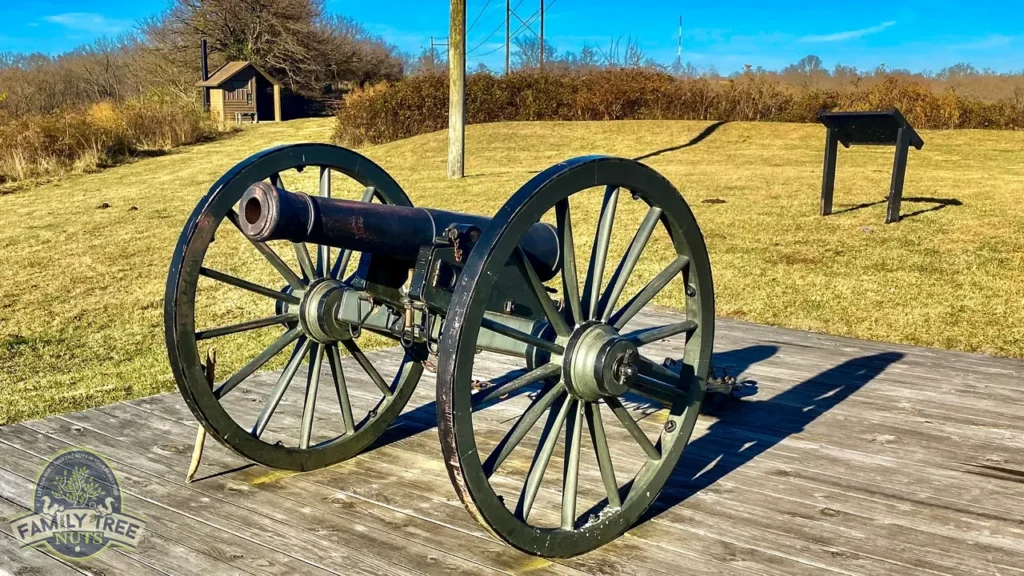
Colonel Cluke and his men were pursued by Colonel Benjamin Runkle of the 45th Ohio and those Buckeyes almost caught the Rebs at Boonesboro Ford. In case you don’t know, a ford is a place in a river, creek, or stream that often gets low enough to walk or wade across. Communities often sprung up around fords. Runkle and his men followed the Rebs to Mt. Sterling where they hit them again. Cluke was able to escape capture and returned back into Tennessee.
The next month Confederate General John Pegram took 1,550 men and three pieces of artillery into Kentucky to procure cattle for the army. They initially moved through the area unopposed, and they gathered large numbers of cattle as they went. They faced little opposition until they reached Danville, where they ran into Colonel Runkle’s force. The Confederates were successful in pushing the Federalists out of the important town. Pegram and his men then moved to Hickman Bridge, which was over the Kentucky River at modern day Camp Nelson, in Jessamine County. Soon they ran into Union Brigadier General Samuel P. Carter and after a few skirmishes, they retreated back south to Somerset. Pegram’s men were mounted but were slowed by the hundreds of cattle that they had procured in Garrard, Lincoln, and Boyle Counties. Union General Quincey Gilmore and his men caught up with the Confederates and defeated them at the Battle of Somerset, forcing them to leave behind all their cattle.
In July and August, a third Confederate raid into Kentucky took place. Colonel John S. Scott came from Tennessee with 1,000 men and eight pieces of artillery. Their mission was to capture supplies and to take some of the Union pressure off of General John Hunt Morgan, “The Thunderbolt of the Confederacy”, who at that time, was raiding into Ohio.
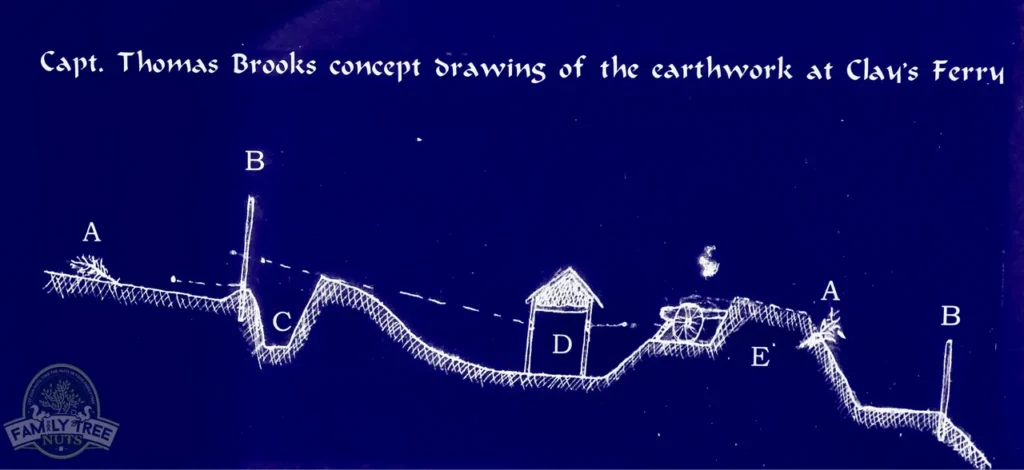
Colonel Scott ran into resistance and clashed with Union forces four days in a row, in Williamsburg, London, Rogersville, and Richmond. Scott’s Rebels defeated Union Colonel William P. Saunders who retreated his men across the Kentucky River at Clays Ferry, and then into Lexington. Colonel Scott and his men then captured the city of Winchester. Union reinforcements came from Camp Nelson, Cincinnati, and Louisville, and Colonel Saunders attacked Scott about five miles south of Winchester. Scott’s Rebels were forced to retreat and ended up escaping back into Tennessee, and like General Pegram, were forced to abandon most of their supplies and animals in Somerset.
Something had to be done to stop these raids! The important city of Lexington was constantly in danger of being attacked by the Confederates. The Kentucky River served as an important geographical barrier that slowed the movement of troops and supplies. Between Boonesboro and Frankfort there were only two bridges for wagons, one in Frankfort, and another at Hickman Creek, at Camp Nelson. There were also about fifty fords and ferries between Camp Nelson and Frankfort but they were unreliable and difficult to move troops across. The Confederates used the fords to divide and strike! Since they were on horseback and the Union troops were usually on foot, it gave them a tremendous advantage.
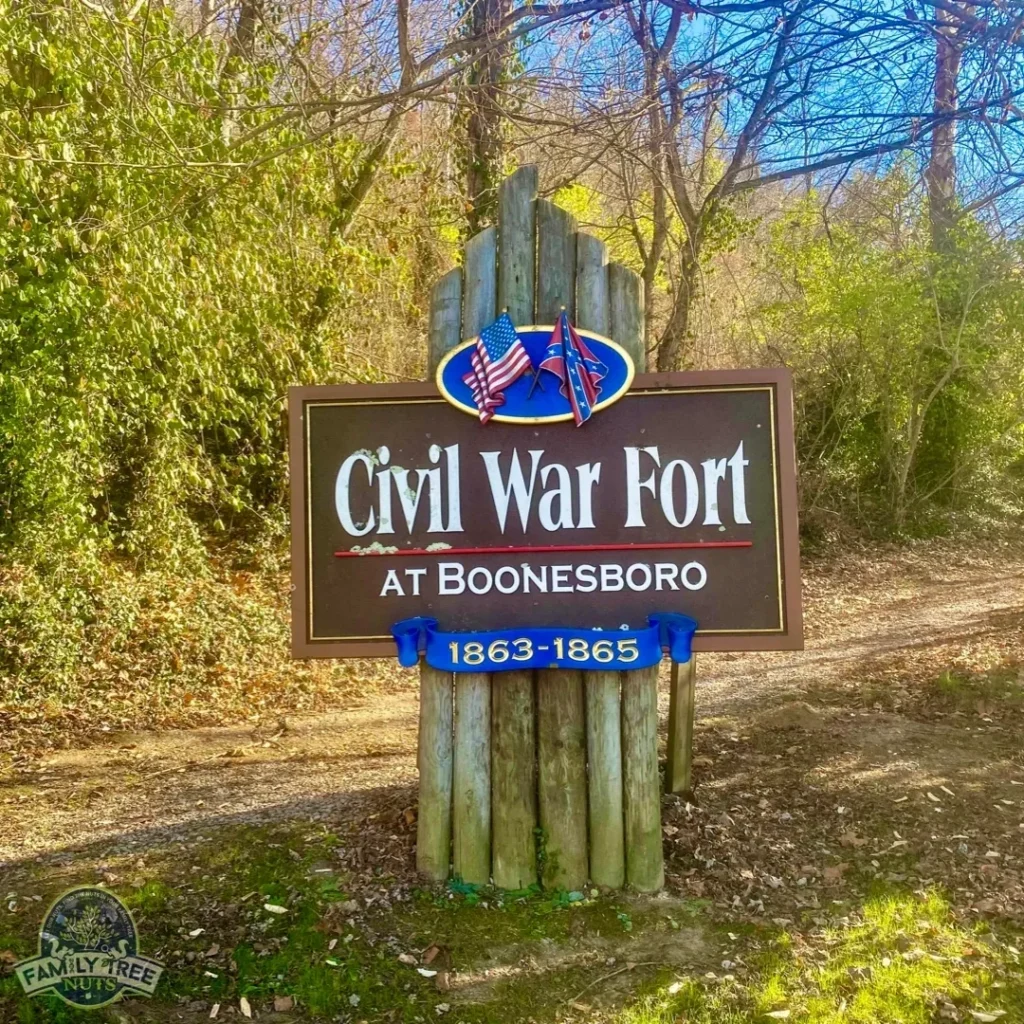
The Union Army charged one man to help defend the region from more attacks, Captain Thomas B. Brooks. Captain Brooks was from New York and first enlisted in the 1st New York Volunteer Engineers. In November of 1862, he was ordered to Kentucky to serve under the command of General Gilmore, to assist with designing defenses. Brooks traveled around Central Kentucky to scout out where the defenses were needed. He then designed several blockhouses used for railroad security and designed the fortifications at Boonesboro, Clays Ferry, Tates Creek, Frankfort, and Hickman Creek, which became Camp Nelson. He was also involved in the construction of defenses in Lexington. In June, his mission was completed and after reporting to General Gilmore, he rejoined his New York unit which was fighting in South Carolina at the time.
The forts were thought to have had an 18’ x 25’ blockhouse, which was used for defense and officer quarters. It also was protected by layers of defenses beginning with abatis, which are sticks and debris facing the enemy. Next was the stockading, which is a large log wall with holes to shoot from. After that, was the infantry trench, which is about a five-foot-deep trench. The final level of defense was the parapet, which was a defense mound of dirt that was piled from the trench. Parapets usually had artillery pieces.
Everything had to be packed up the hill, including water. It would have been extremally hard work. The fort was never attacked and was occupied for only a short time. Perhaps by the forts sheer existence the Confederates were discouraged from further raiding in the area and General John Hunt Morgan’s summer raid bypassed the area completely. Later in 1863, General Ambrose Burnside arrived in Kentucky to lead a force into Tennessee. Burnside pulled most of the men and supplies form the forts for his mission. In September 1863, Burnside and his men took Knoxville and the threat to Kentucky was never as strong again.
After the war, the area was mostly forgotten and for years cattle grazed on the defenses and did quite a bit of damage to it. Construction of a power line in the 1950s damaged it also. Then in 1998, the curator at Boonesborough State Park picked up the effort to protect and restore the fort. In 2001, the Clark County Fiscal Court purchased the land and in 2003, it was listed on the National List of Historic Places. Today it is one of the spots that people visit when visiting the replica of Fort Boonesborough.
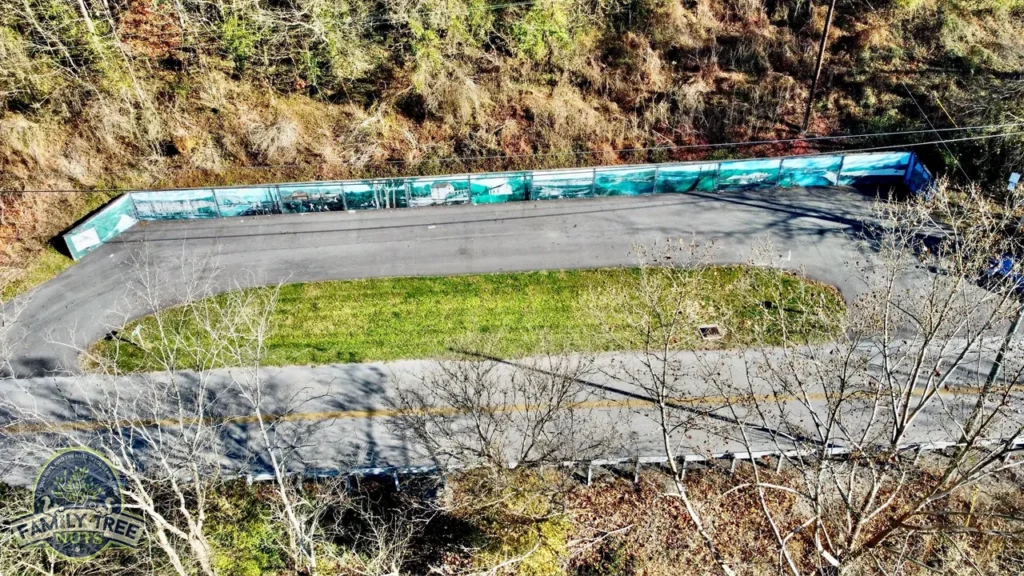
Now that we have given you the backstory, we will explain what the area looks like today. When you arrive at the base of the hill, there is a small place for pulling off and parking. Here you will see a wall with fourteen murals painted in 2008, by local artist Phil May. The murals show many of the historical locations in Clark County, including the Kentucky River, the Palisades, Native American activity in the area, the Siege of Fort Boonesborough, the Capture of Jemima Boone and the Calloway sisters, John Martin’s Mill, Old Providence or Old Stone Church, Holders pioneer industrial area, the Boonesboro Ferry, the Civil War Fort at Boonesboro, the lumber industry at the community of Ford, the Boonesboro locks and dam, the Boonesborough Beach, and a map of the locations.
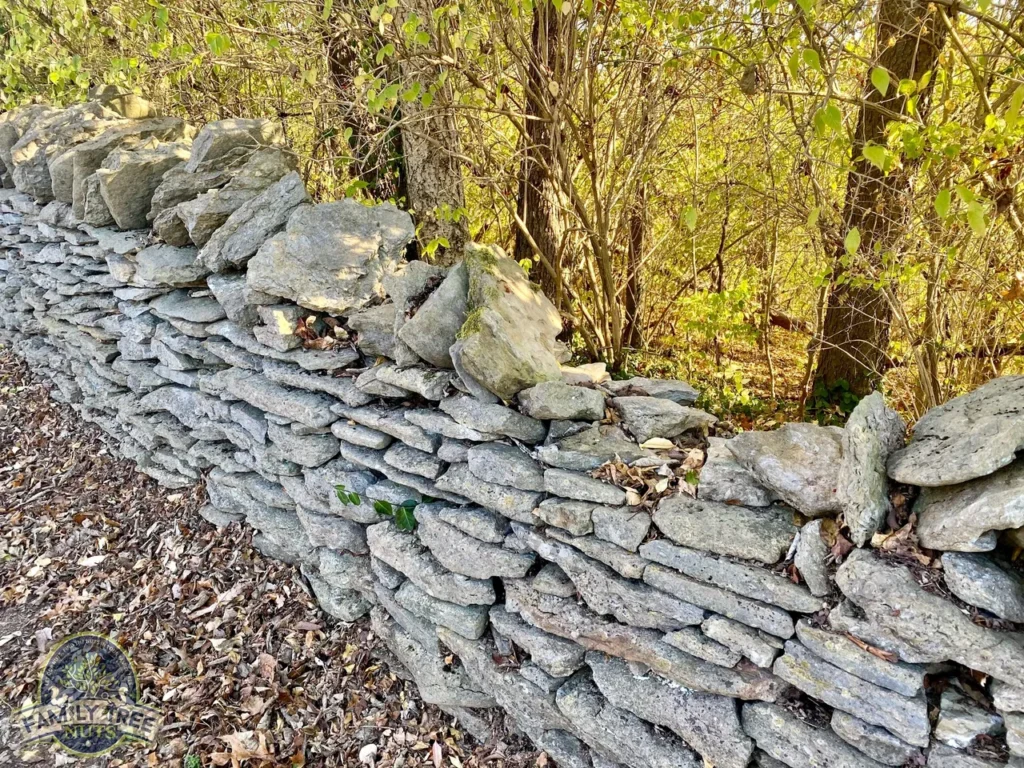
To the right of the mural is the entrance to the walking trail to the fort. The journey up the hill takes about 10-15 minutes, and is a bit strenuous, however it does have several benches along the way to rest if you need it. As you make the hike, imagine the soldiers that had to carry all their supplies up this hill! The trail has several historical markers to read on the way up that cover many historical periods of this area. There are also locations along the way where you can listen to history of the area on your phone. One of the markers overlooks the Kentucky River and briefly describes the story of the lumber community of Ford, which has its own unique history. When you are almost to the fort, you will see a section of a beautiful rock fence. These fences were mostly built one hundred, to over two hundred years ago, and they stand all over this region of Kentucky, with many different styles.
When you finally reach the summit, you will come to an open area with a piece of Civil War artillery proudly standing guard over the river below. You can still see some of the pits, and mounds of the fort that once stood here. There are a few more historical markers here to further you understanding of the area, as well as primitive restroom facilities. Modern tree growth can make it hard to see the entirety of the river below, especially if you visit when the leaves are on the trees, but if you understand where you are, you can visualize what the soldiers saw. Make sure you really take some time to imagine the life and the thoughts of the average soldier here.
So, there you have it, the history and tour of this little-known historic site. Were you aware that Fort Boonesboro was more than just a pioneer fort? What other obscure historic spots do you know about? We would love for you to answer in the comments below and perhaps we can come make a video from those places as well. The Boonesboro Civil War Fort is a spot that will only cost you an hour of your time, but you will be rewarded with having a better understanding of the complete history of the area, as well as being able to say that you have visited a very obscure spot in American history. We are proud to share this story with you. Be sure to see the video below from here.
-Col. Russ Carson, Jr., Founder, Family Tree Nuts
